It would have been out of the question for Marj Donaldson to catch a bus to the community market a few months ago.
The public bus service trying to cover her quiet little corner of the Highlands was just not closing the gap.
If she wanted to hit the market stalls at Findon Hall while the scones were still warm her best bet was to jump in the car.
But now a little electric bus can pull up at her gate and take her right to the door of the Culbokie hall on the Black Isle – and the £2 return fare for the 14-mile round trip is cheaper than taking the car.
How the Ferintosh ‘Wee Bus’ works
The Ferintosh Community Bus, otherwise known as the Wee Bus, was initially trialled by Hitrans and operates slightly differently to a normal bus.
It does not have a set timetable or a fixed route.
Instead, residents ring a mobile phone number to tell the operator their pick-up and destination point and the Wee Bus darts around getting them from A to B.
It also connects with A9 bus services at a specially-formed hub at Tore Service Station where Stagecoach buses now pull in.
Community support service CSI Ross-Shire coordinates the phone bookings and schedules them into place.
Two paid drivers run the service weekdays from 9.30am to 4pm, with seven volunteers covering the rest.
The route mapped
Marj’s first bus ride to the market was “very sociable”.
She really enjoyed chatting to three others in the cab who had booked to do the same journey.
“As far as my morning was concerned,” she said, “I don’t think it could have been any better.
“We had time to go around the many stalls and then have a cup of tea.”
Community ‘can do its bit’
The 74-year-old retired care worker noted how the change in transport could bring a change in mindset, helping the residents to do their bit in the fight against climate change.
Marj added: “There are six seats on this bus so it means we can have six people from different households all travelling at the same time instead of all going in six cars.
“This is a great way to change our traditional behaviour around transport use, which is a fabulous thing for a community to be doing as climate change becomes more and more of an issue.”
How community secured electric bus
A deprivation study ranking communities in terms of their connectedness to essential services – shops, chemists, GPs, and employment – had the area right down at the lowest, worst possible, level.
And gaps in the public bus service were a concern for residents, and the community decided to take matters into their own hands.
Staking things out with Stagecoach
Ferintosh Community Council secretary Bruce Morrison said: “We felt we had to build relations with Stagecoach and its partners so we could understand where they were coming from so we had regular meetings with them for six or seven years.
“It was at one of those meetings that the idea arose for the Wee Bus, it was modelled on an earlier similar scheme that I had come up with, but which hadn’t quite taken off.
“So, years of relationship-building and lobbying, and failed ideas, have evolved into a transport system that is right for its time.”
Who pays?
The taxpayer. But the switch to the Wee Bus is a saver.
The way it works largely is Highland Council bought the electric bus and funds the service instead of paying the money as a subsidy to Stagecoach.
And the savings so far come to £35,000.
Bruce said: “Nothing is 100% certain, however Highland Council are happy to give us a contract until 2026 – that is an astonishing commitment.
“What this model provides is a reduction in costs. This is saving Highland Council money; it’s not adding a service to an already existing service.
“This is a money-saving model and therefore more sustainable.”
Plenty room for more aboard
Passenger numbers since last July show an average of 45 journeys were made per month but fares collected are being ploughed back in to promote the service.
Bruce said the electric-powered vehicle is perfect for the route.
He said: “If you’re just delivering people to larger hubs and just pottering around doing low mileage then an electric vehicle is perfect for that.”
He also said an electric charging station could be fitted in Ferintosh soon because the Wee Bus is having to go to Culbokie every hundred miles for a charge.
Stagecoach boss sees changed days
While the Wee Bus is the new style of transport to hit the roads in Highland, Stagecoach Highland managing director David Beaton said it is the way forward.
He said: “The whole idea for the Ferintosh bus came out of a meeting in Bruce’s sitting room, and it works.
“The days of the big double decker buses driving round small communities have long gone.”
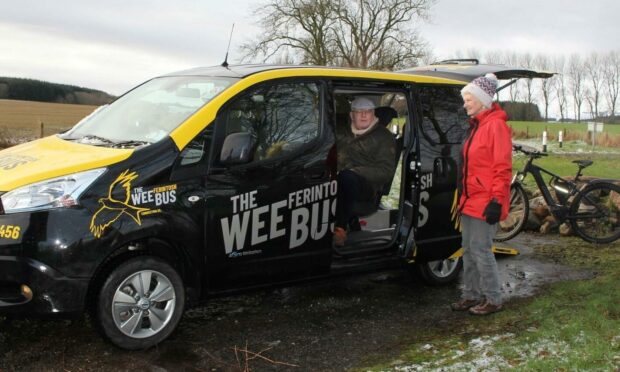
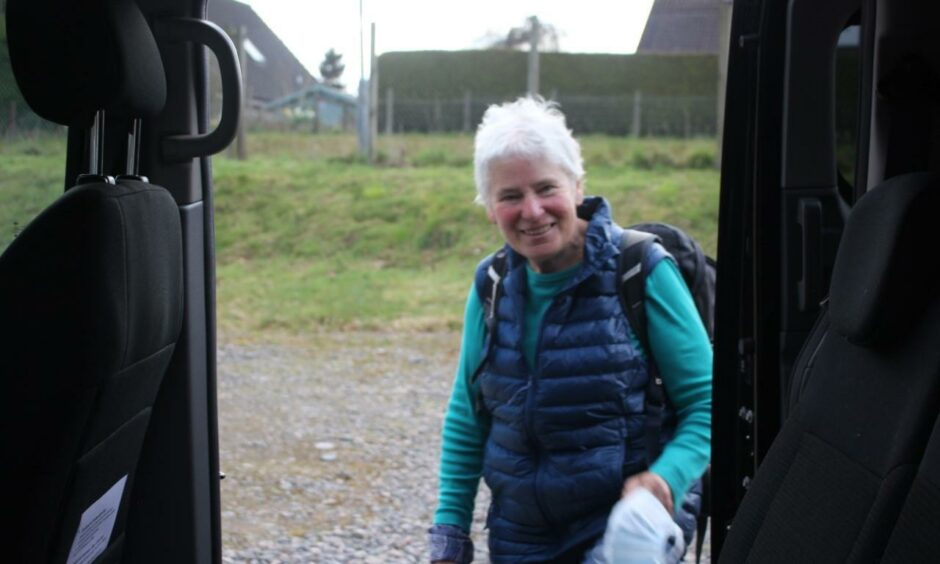
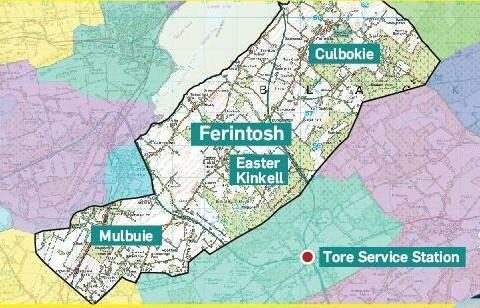
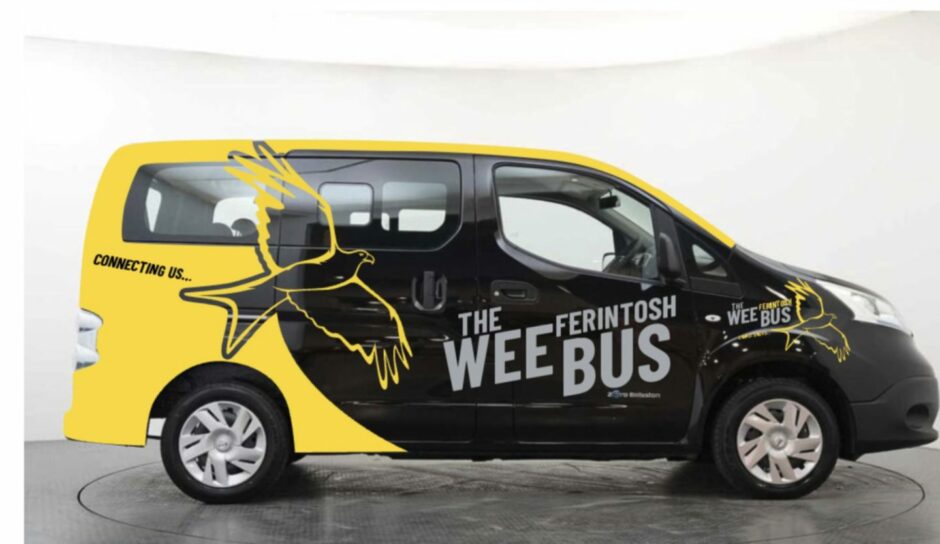
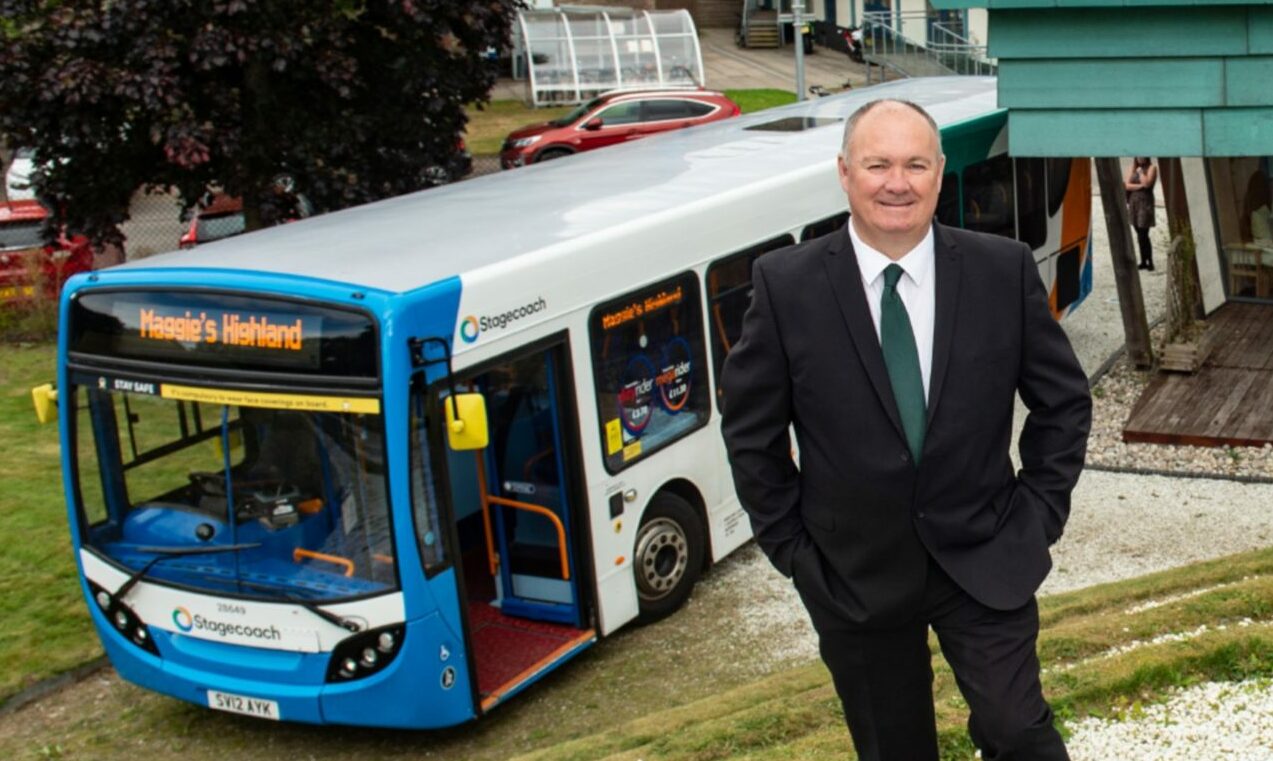










Conversation